Sunday 2 November 2025 marked 130 years since the first appearance of ‘a journal published in the interests of the mechanically propelled road carriage’ in Britain.
The Autocar was created in a period that seems alien to modern minds – yet can also be strangely familiar. In celebration, here we revisit the nine issues from our debut year of 1895.
Our first article pondered what this invention would be called. Our incorrect prediction was a handy shortening of ‘automobile carriage’ or ‘automatic carriage’.
Enjoy full access to the complete Autocar archive at the magazineshop.com
Then our treatise: “Every new movement is fostered and encouraged by publicity and the free letting in upon it of the light of public opinion. The power of the press of this country as an educator and a moulder of sentiment is unparalleled.”
Surely a close second was the opportunity to see a car in action, afforded to the public for the first time at Tunbridge Wells in Kent. Two well-to-do gentlemen, Evelyn Ellis and David Salomons, lapped the agricultural showground at up to 15mph before 5000 people, in their Panhard and Peugeot cars – the first two ever imported.
We also discussed the tricky legal situation faced by pioneers (motorised traffic came under the Highways and Locomotives Act 1878) – and the problem reared its ugly head just a week later, as one JH Knight of Farnham in Surrey was fined 2s 6d for driving without a licence from the county council.
After an American petrol car in issue one, we detailed an electric car from Coventry cycle maker Blumfield & Garrard in issue two. With an 80-mile range and a top speed of 10mph, the “strange beastie” impressed us greatly on a ride around the workshop.
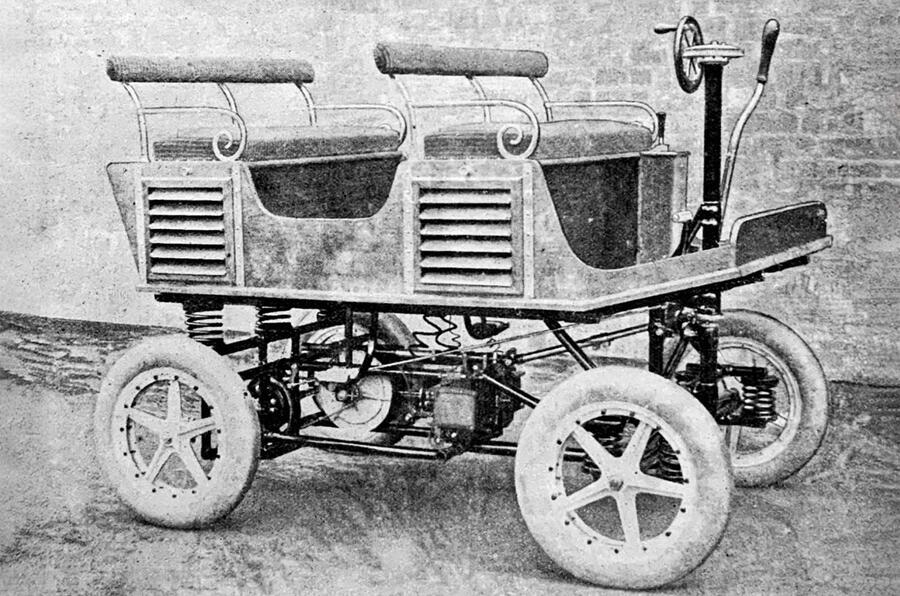
A week later, we learned from one Harry Lawson that a firm was being formed for British car making on “a very large scale”, using patents licensed from Germany’s Daimler – the inventor of the car in 1885 – and American newcomer Edward Pennington.
We were excited about his engine, since by using a ‘water jacket’ it “produces both heat and cold, and in such proportion that the temperature of the cylinder is never greater than that of an ordinary steam engine, and requires a minimum quantity of water”. It soon transpired that Lawson and Pennington were conmen.
On 12 November, the world’s first automobile club was founded, with “the best men in France” among its members. We said: “While intended for the convenience of members, and especially of provincial autocar users who may wish to be in touch with Paris, [the ACF] will do everything in its power to advance the interests of the new industry.”
In the French capital, “one of the chief customers for autocars is the tradesman. With an eye to [their] value as an advertisement, he is employing vans which excite a certain amount of curiosity in the way in which they glide about the crowded streets without causing the slightest inconvenience to the general traffic.”
At London’s annual cycle show, motorised vehicles were due to feature for the first time – but we had to report that “there has been much cry, and is little wool”, as only two cars and two tricycles appeared.
Still, “the attending public, doubtless considering that half a loaf is better than no bread, gather in crowds round both vehicles and tricycles, and evince the liveliest interest in the questions of their pace, weight, cost, and mode of propulsion”.
The French could already refuel their autocars in most towns, and leading oil firm Messieurs Deutsch was “making arrangements for the establishment of depots for the sale of petroleum spirit throughout the country”.
“It is evident,” we commented, “that the same thing will have to be done in England, where petroleum spirit is an almost unknown commodity among the tradespeople.”

How long did it take between the first car journey in Britain and the first call for a tax on cars? Less than five months. The Scarborough Post has the dubious honour, opining that “a registration fee of 10s a year, fixed at once, would hardly be felt, and would certainly have no effect in discouraging the introduction of new motors, and might be the means of adding substantially to the revenue”.
Our response? “Undoubtedly, the best policy which the government can adopt is to permit the development of the autocar to take place, as has been the case with the cycle, absolutely unchecked by taxes or restrictive legislation. There is such a thing as killing the goose which may lay the golden eggs.”
Meanwhile, a London legal firm lobbied in our letters section for a reinterpretation of the Locomotive Act under the logic that “the word ‘locomotive’ is defined in every dictionary as ‘a steam engine’”.
On 14 December, on the topic of EVs, we commented: “Now and then we hear of inventions of marvellous accumulators that are destined to change the whole face of road traction, but up to the present they seem to have been rumours and nothing more.”
One Victorian equivalent of solid-state tech came from an H Levetus of Birmingham, who told us in an interview that his forthcoming EV would “travel about a hundred miles”, then “by applying a quart of slimy material it can go for another hundred”. Er, righto…
Another legal issue arose a week later, as John Koosen of Southsea was fined 1s for driving without a ‘red flag man’ walking ahead, “the magistrates being unanimous in the opinion that the carriage was a locomotive”.
“It would appear to us that the unreasoning opposition of the agricultural interest, oblivious of the ultimate benefit which will accrue to them by the introduction of the autocar, finds full vent in rural Hampshire,” we huffed.
Matters seemed better in the empire’s colonies, free as they were from “dunderheaded magistrates and faddish legislators”: Sri Lanka’s government had bought a number of Daimlers for “carrying the mails from the General Post Office to the railway stations at Colombo, entailing a saving to the service of about 60% as compared with conveyance by horse power”.
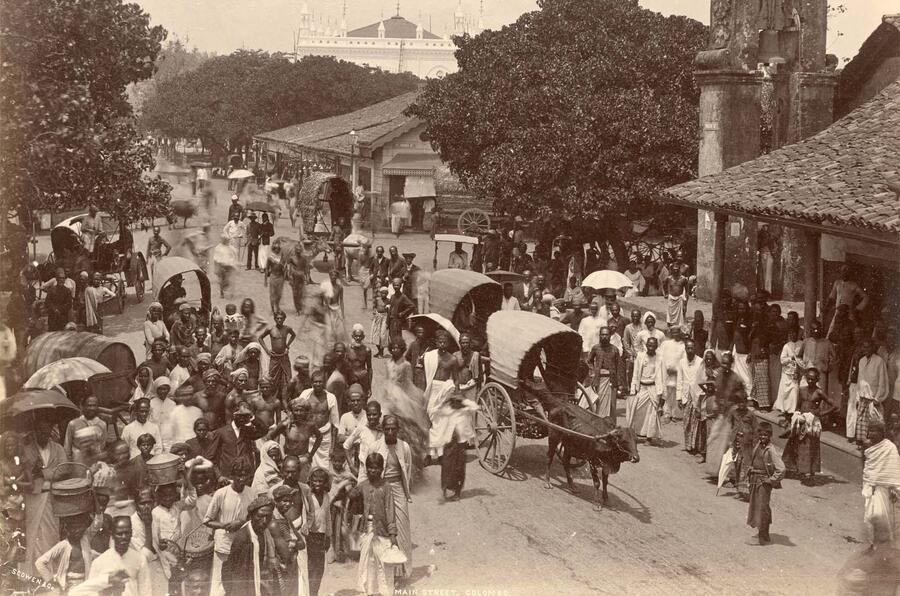
And we envied the French even more, as Paris held “the first exhibition of autocars worth mentioning in the beginning of the renaissance of these vehicles in the future”.
Some consolation perhaps came from the fact that the Americans were “more backward even than are makers in England” despite “not having even the excuse of labouring under the disabilities of obsolete laws”. Indeed, when a Chicago newspaper arranged a reliability trial, just two of the nearly 100 entries were actually ready.
Happily, our first year ended on a positive note, as London County Council “decided to recommend that the government be asked to abolish the restriction so as to allow horseless carriages to be used in the streets of [the capital]” and the Newcastle and Gateshead chamber of commerce unanimously voted to repeal the Locomotives Act “so far as it relates to mechanically propelled carriages and waggons”.
Full of hope, we predicted: “Now that mechanical vehicles can be driven 10 or 15 miles an hour for very long periods with only occasional halts for replenishing the water and petroleum spirit, there is nothing to prevent the populations of large towns dispersing into hitherto almost inaccessible parts of the country, and enjoying the health and freedom which are often denied them in the busy haunts of men.
This easy transport [also] promises to help in solving one of the most serious problems which have been vexing the soul of the political economist for years past – the desertion of people from the country for the towns.”


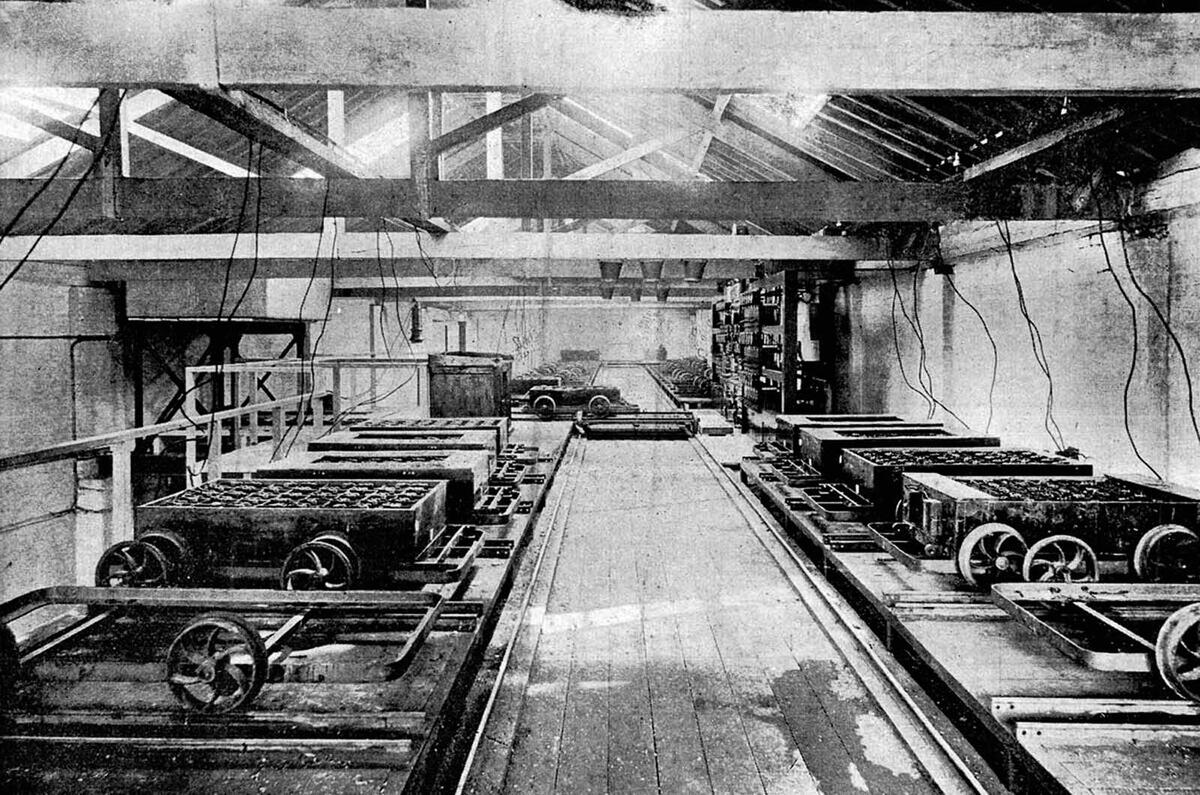
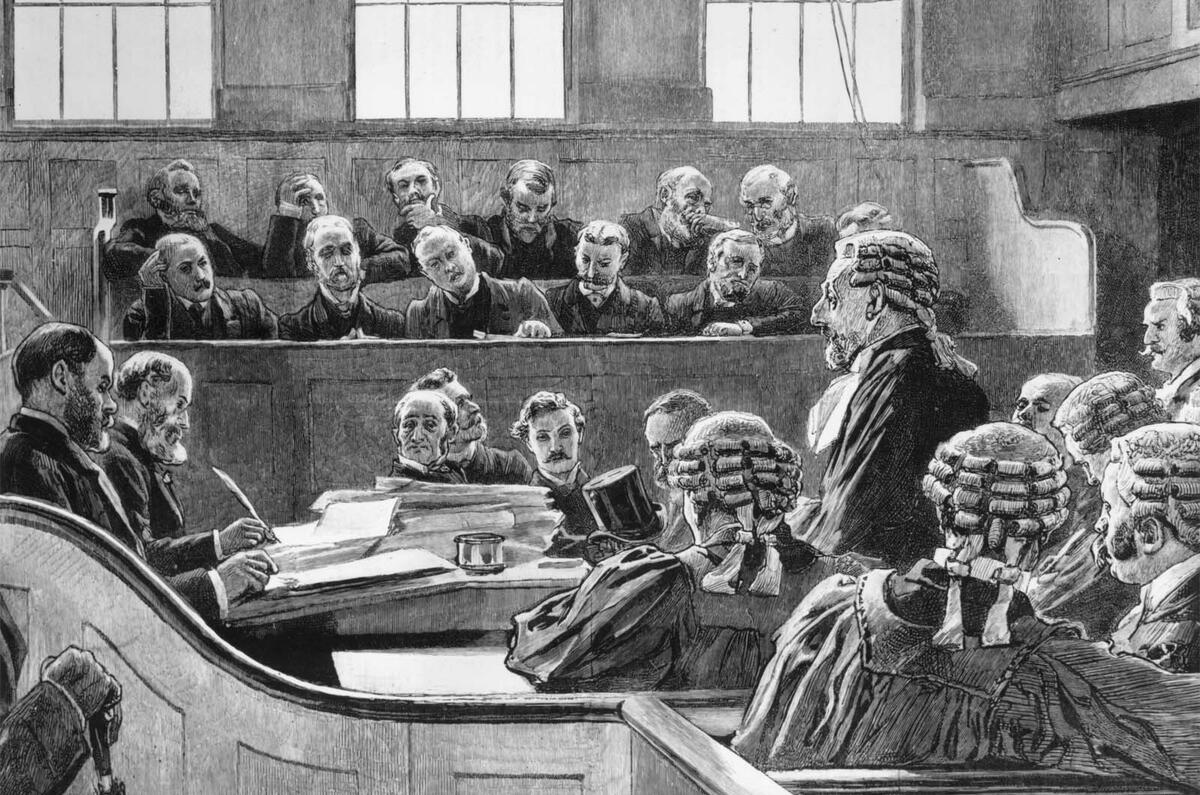
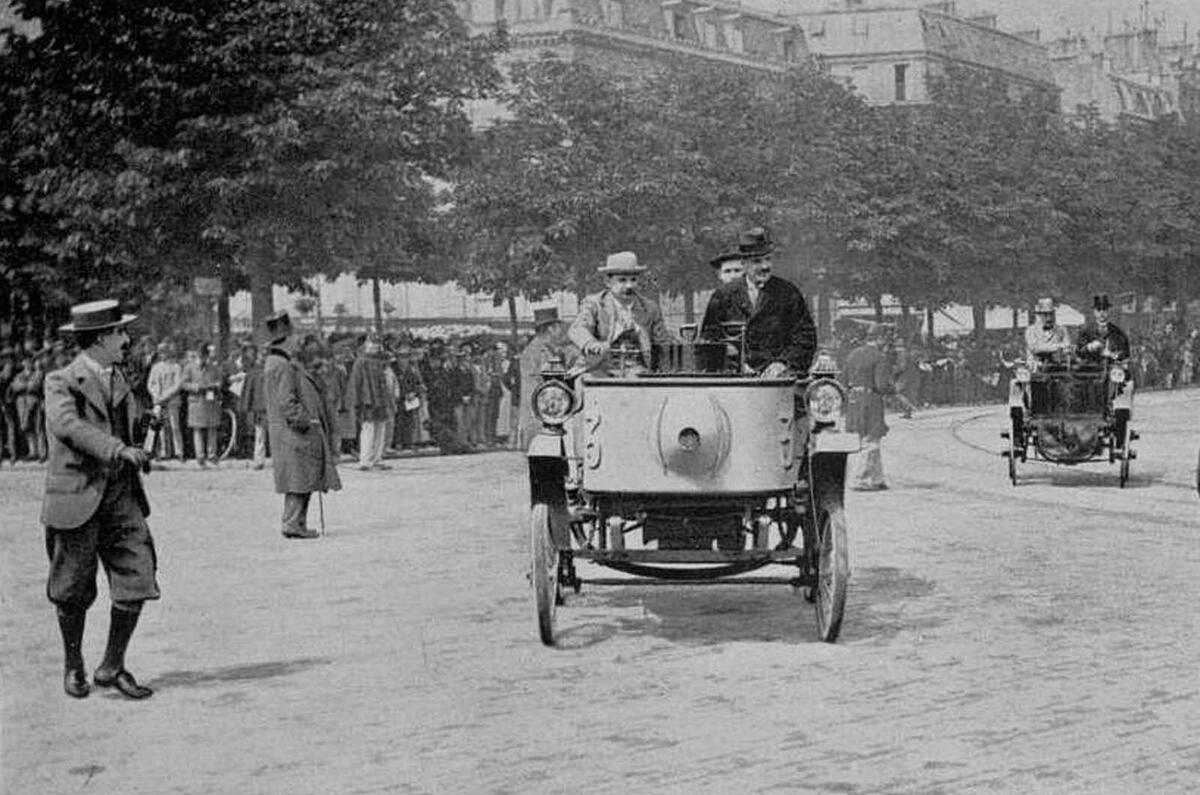



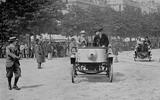


Join the debate
Add your comment
An interesting article that highlights the progress made by the automobile industry and the lost art of great writing.